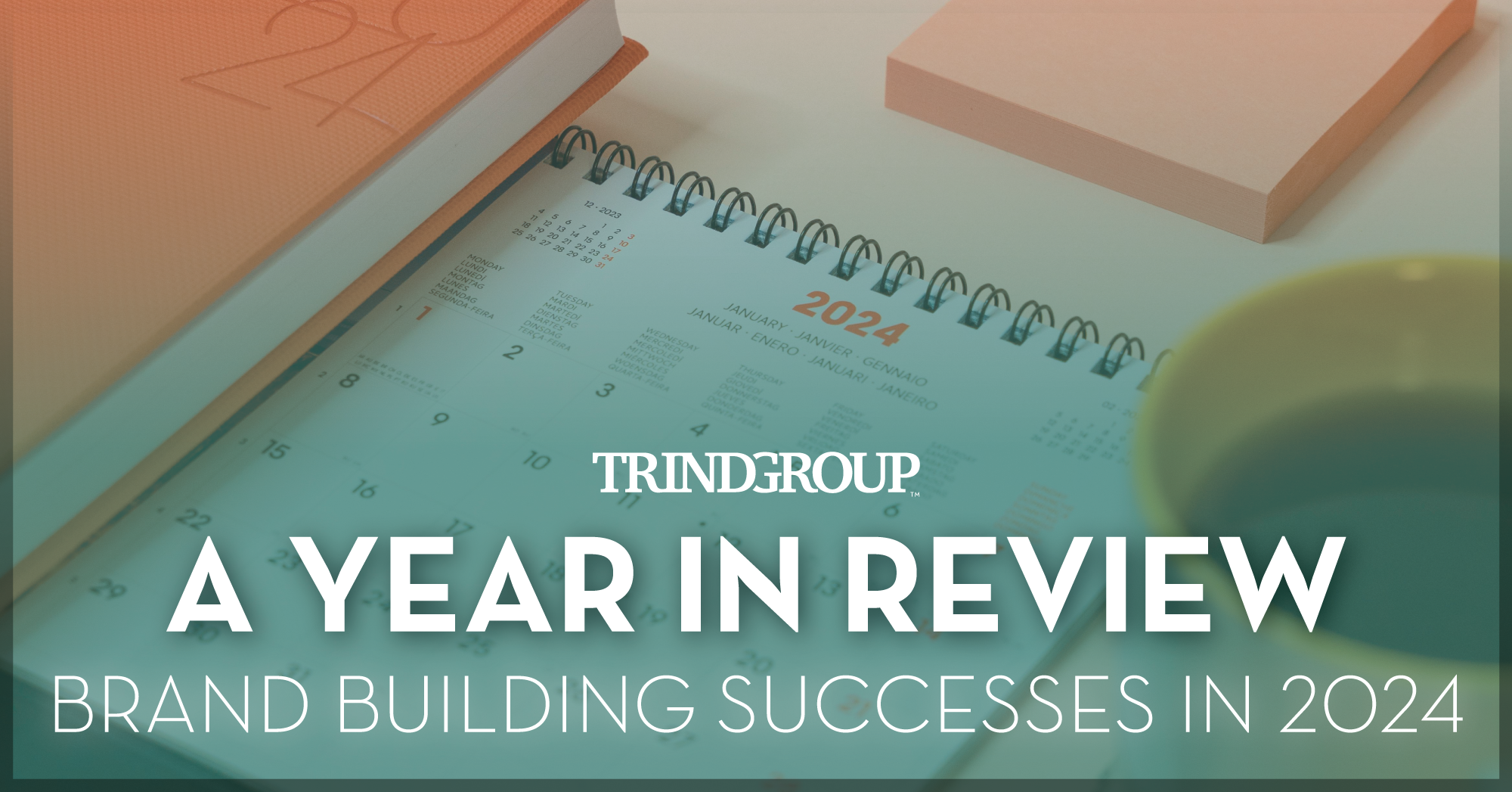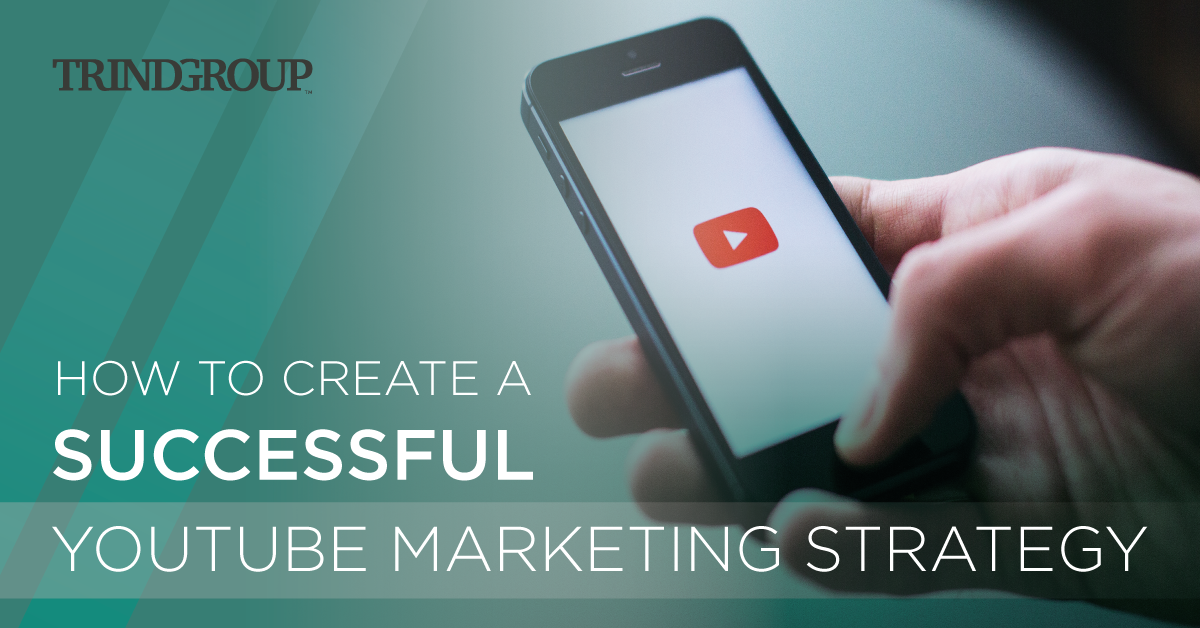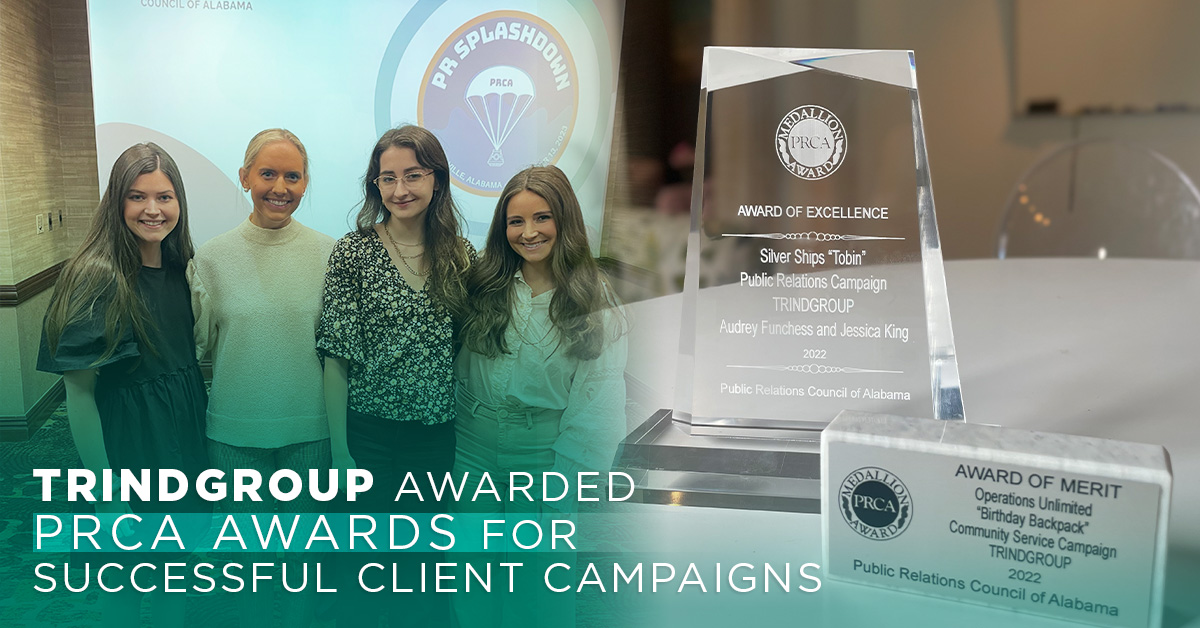Keys to Successful Content Planning
One of the complexities of managing social media or a brand is developing effective and strategic content planning. According to MarketingProfs, up to 63% of companies identify their largest challenge to be finding the appropriate content marketing strategy.
The balance of creating content that is both relevant and interesting comes from cultivating a thorough content strategy followed by a detailed content plan. Although it’s a common mistake to combine these two processes, separating them and ensuring they’re equally detailed will ultimately result in more well-rounded content for your brand.
The Difference Between Content Strategy and Content Planning
A common misconception about content planning is assuming content strategy doesn’t need to be as detailed as the plan. When it comes to effectively meeting the standards your business or client wants to represent, having a detailed strategy in place ultimately determines the success and effectiveness of your content plan.
Content strategy is the high-level process that keeps your business goals at the forefront. Creating a thorough content strategy helps reinforce that the content drafted in your plan fully embodies company and marketing goals.
In contrast, a content plan takes those defined company and marketing goals from your strategy and implements them into creating relevant and interesting content for your consumers or audience.
Important Elements of a Successful Content Plan
After developing a content strategy, you can begin creating a content plan that directly aligns with company goals. Some of the most important elements of creating a solid content plan are:
- Keeping your audience in mind
- Researching content gaps in the industry
- Determining content channels that work the best for your business
Determine Target Audiences
Identifying your target audience will happen predominantly in the content strategy phase, making the content planning phase easier to develop. Establishing your audience’s needs before performing in-depth planning reduces the amount of irrelevant content that could be produced.
Research Industry Content Gaps
Researching content gaps in your industry will help production of content that is both relevant and interesting to your audience. Something most companies struggle with when it comes to content planning is producing content that doesn’t feel repetitive. Take extra time in the planning phase to research industry trends and identify the areas where other companies aren’t focusing – this will ultimately help your business stand out.
Choose Channels Wisely
Additionally, one of the biggest elements of content planning is choosing channels that will be most appropriate for your material and target audience. To find data about the mediums that have worked the best for your business already, try evaluating past efforts using tools like Google Analytics, which collect information about content performance on different channels.
Content planning can be overwhelming at times. Keep your business goals in mind and take the time to create a thorough strategy. In the long run, this will guide you to creating the best content plan that supports your marketing strategy and goals.
TRINDGROUP specializes in content strategy development, planning, implementation and measurement. Get in touch if we can help you get started on an impactful content plan that will reach your audience and foster brand credibility.
Mary Catherine Ratliff is a Senior PR and Marketing Manager who specializes in traditional public relations including media relations, and also has years of experience in social media management, content development, digital marketing and internal communication. Mary Catherine develops strategic PR and marketing plans for her clients based on their business goals, and manages the execution of those strategies day-to-day. She has worked with a wide range of B2B and B2C brands including those in marine, oil and gas, engineering, aquaculture, law, finance, manufacturing, entertainment and health/wellness industries.
Mary Catherine holds a B.A. in Public Relations with minors in business and Spanish from Auburn University.
When she’s away from her work laptop, you can find “MC” exercising, cooking, writing for fun and spending time outdoors.
MARY CATHERINE RATLIFF
Senior PR & Marketing Manager
TRINDGROUP





